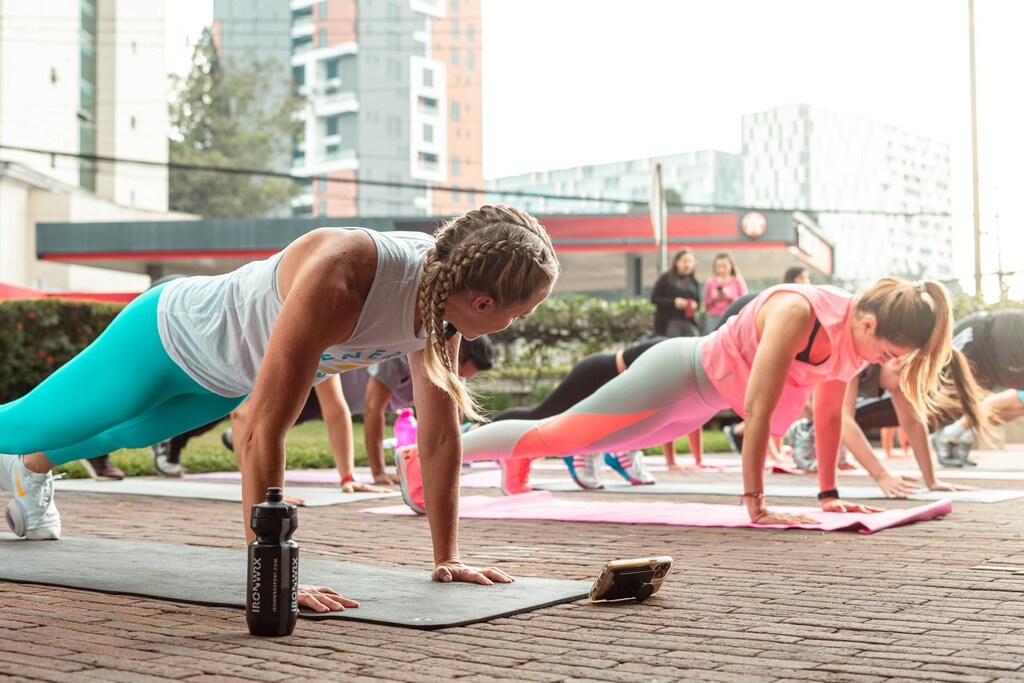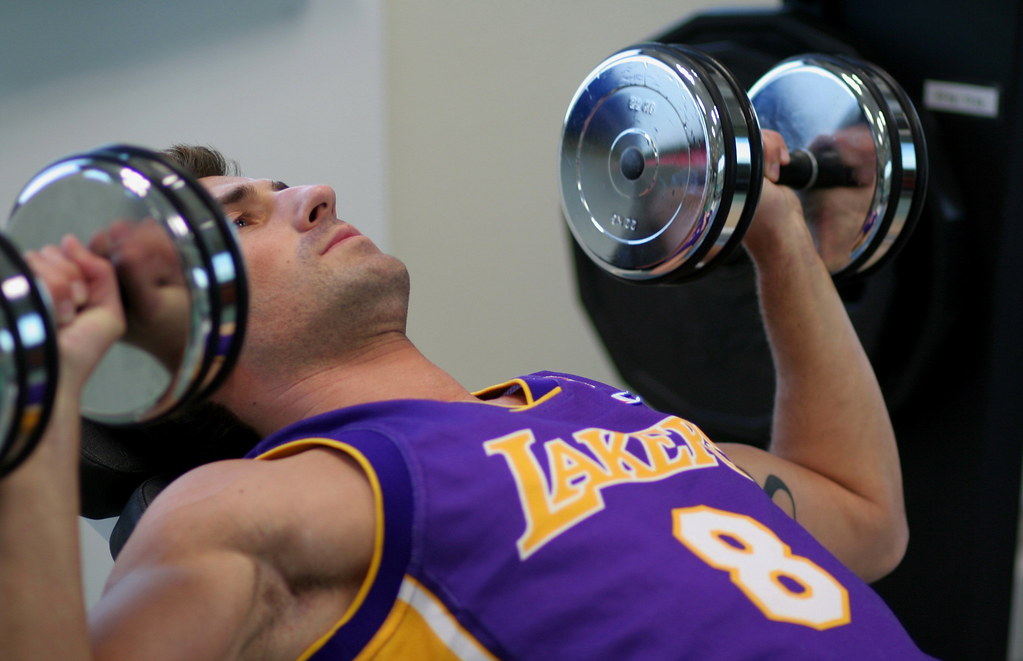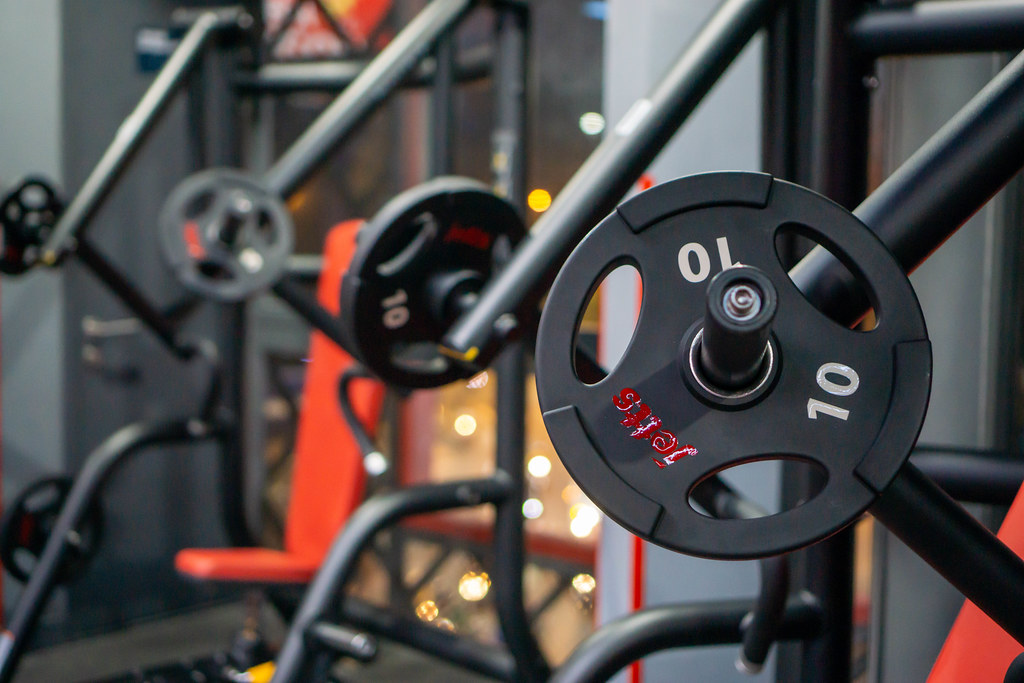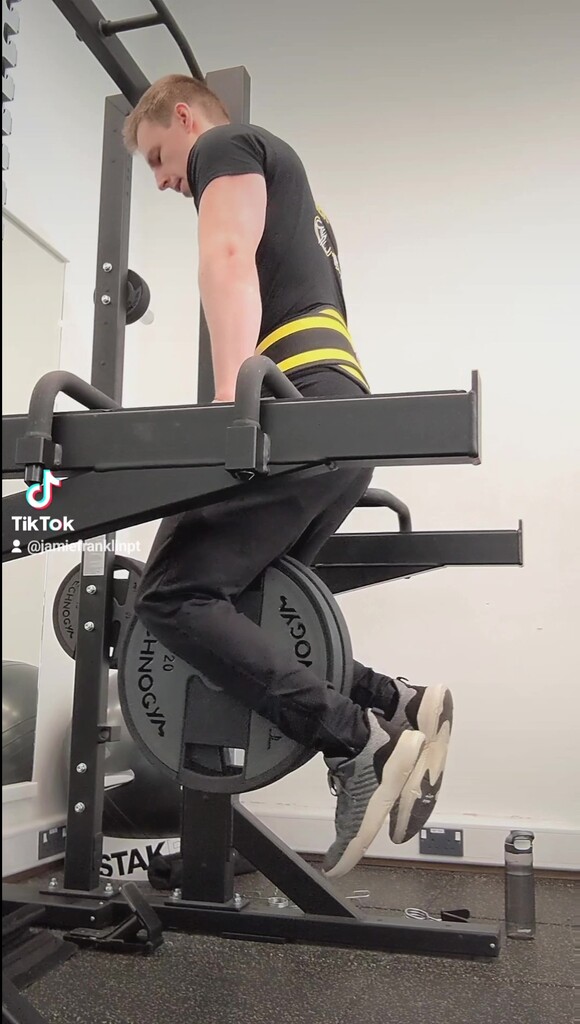4 Fantastic Ways to Strengthen Your Chest
Strengthening your chest can be tough if you’re not sure what you’re doing, and even if you are, there are so many different variations to try that it can become a bit of a minefield to navigate. So sit back and relax and let me guide you through some great exercises to try to ensure that you’re getting the most out of your workouts.
1. Push Ups
Push ups are a great way to strengthen your chest, and the beauty of it is that you can do them anywhere, any time and at any level. If you’re not yet able to do a full push up, then there are plenty of variations to regress to, such as push ups on your knees, as well as incline push ups (raising yourself up to a level that you’re able to perform them. Stairs can be a great way to progress these). Likewise, if push ups have become too easy for you, then you can introduce new challenges, such as deficit push ups to make them harder.
Here’s how to do it right:
- Get yourself into a plank-like position, keeping your spine straight, and not letting your hips drop down.
- Keep your hands roughly in line with your chest, around shoulder width apart and lower yourself down slowly.
- Your elbows should either be tight to the body, or at a 45 degree angle.
- Once you’ve got as far down as you can, push yourself back up!

2. The Incline Dumbbell Press
I’m personally a fan of this particular exercise, because it allows for more adjustments to your positioning, which can help some people who struggle with shoulder mobility and find it difficult to do a standard barbell bench press.
Here’s how to do it right:
- Adjust the incline bench to an angle of around 15 degrees.
- Hold a dumbbell in each hand and lie down on the bench. Arch your lower back slightly and press your glutes and shoulders into the bench.
- Start with the dumbbells just above your shoulders, slowly lowering them down as far your mobility and control allows.
- Exhale as you press the dumbbells straight up overhead, extending your arms fully but not locking your elbows. Squeeze your chest muscles at the top of the movement.
- Slowly lower the dumbbells back down to the starting position.
- Choose a weight that allows you to maintain good form and control within your chosen rep range.

3. Chest Press
There are plenty of people who see the Chest Press as not as effective, simply because it’s the use of a machine instead of free weights. Ultimately, your body doesn’t know where the resistance is coming from, so there’s nothing wrong with using a Chest Press machine, and it can be very effective.
Here’s how to do it right:
- Adjust the seat so that the handles are in line with the middle of your chest.
- Retract your shoulders, pulling them back and keeping them there throughout the movement.
- Push the handles forwards, keeping your head and shoulders back at all times. Do not overextend by using your shoulders to push it further forwards.
- Slowly go back to the starting point, controlling the weight, before starting another rep.
- Each machine will be different, so set-up will vary.

4. Dips
Dips are one of my favourite chest and tricep exercises. They’re certainly not for beginners, so before you give them a go, make sure that you can at least do a fair amount of deficit push ups first. Pound for pound, I’d say that these are the best exercise for strengthening your chest, especially if you can do them weighted. Even more so than a barbell bench press.
Here’s how to do it right:
- Grab the dip bars and let your shoulders sit in their natural position. For some people, this will result in a neutral position, whereas for others it might lean more towards protraction of the shoulders.
- Lean slightly forward. Staying upright is more likely to put undue pressure on your sternum and shoulder joints.
- Lower yourself down under control, towards parallel and slightly below. Going too low will put more pressure on your shoulder joints and sternum connective tissue.
- Push back up to full extension (without hyperextending)
- Keep your knees in front of you to avoid hyper extension of the spine as you push back up.
